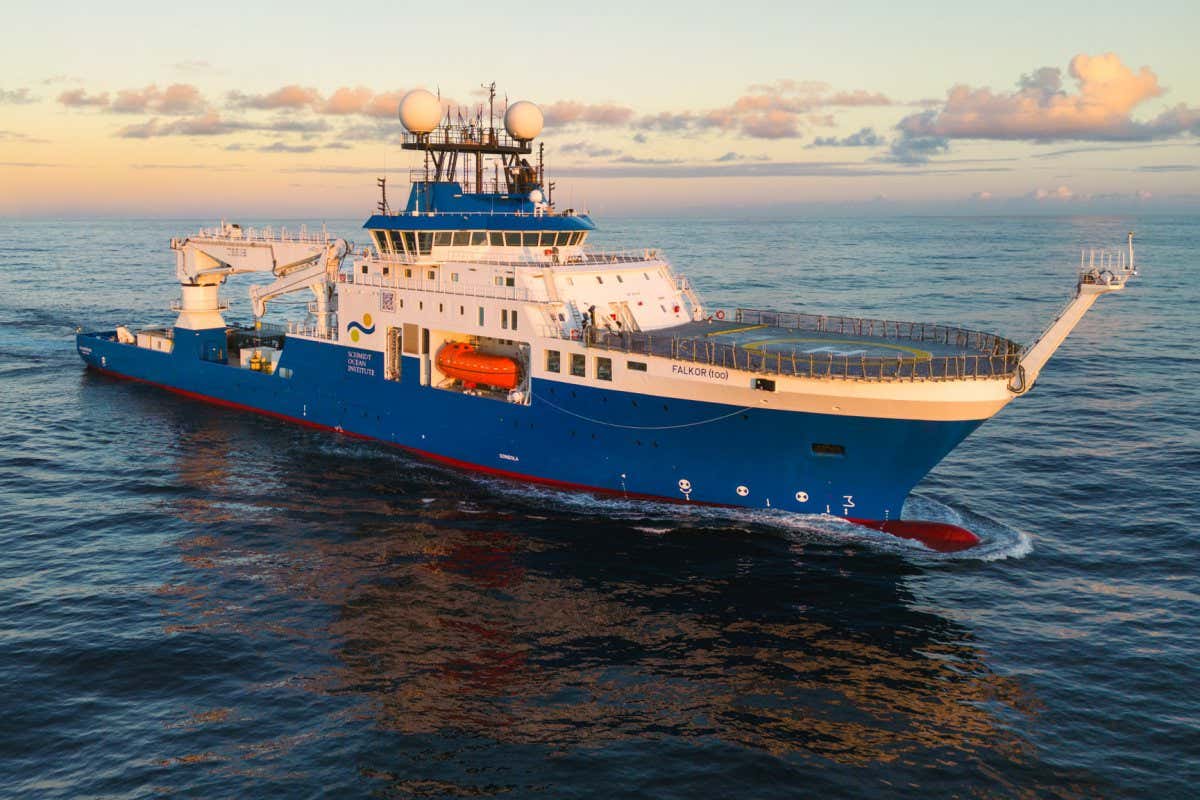Hydrothermal Vents: High-Tech Exploration Begins
A new era of deep-sea exploration is dawning, driven by advancements in robotics and AI. For decades, hydrothermal vents – underwater geothermal springs teeming with unique life – have remained largely mysterious. Their inaccessibility and the extreme conditions they present have posed significant challenges to scientific investigation. But now, thanks to groundbreaking technological leaps, we’re on the verge of unlocking their secrets like never before.
Unveiling the Secrets of the Deep: The Role of Technology
Hydrothermal vents, found along mid-ocean ridges, are remarkable ecosystems fueled by chemosynthesis rather than sunlight. This unique environment harbors a wealth of bizarre and fascinating organisms, adapted to survive in extreme pressure, darkness, and temperatures. Understanding these ecosystems could revolutionize our understanding of life itself and even hold clues to the origins of life on Earth.
However, exploring these environments is no easy feat. The crushing pressure at these depths (often exceeding 1,000 atmospheres) and the challenging terrain require highly specialized equipment. This is where high-tech exploration comes in:
-
Autonomous Underwater Vehicles (AUVs): These robotic submarines are equipped with advanced sensors, cameras, and manipulators, allowing scientists to remotely explore the vents without risking human lives. AUVs can navigate complex underwater landscapes, collect samples, and perform detailed surveys of the vent systems. The latest generation of AUVs boasts enhanced AI capabilities, enabling more autonomous exploration and data analysis.
-
Remotely Operated Vehicles (ROVs): While AUVs operate independently, ROVs are controlled by operators on a surface vessel via a tether. This provides greater control and allows for real-time interaction with the environment, such as collecting specific samples or manipulating equipment. Improved video and data transmission technologies are enhancing the capabilities of ROVs, offering unprecedented detail and clarity.
-
Advanced Sensors and Imaging: New sensor technologies are enabling detailed mapping of vent fields, precise measurements of temperature and chemical composition, and high-resolution imaging of the organisms that inhabit these unique ecosystems. This data is crucial for understanding the complex interactions within the vent communities and their role in the global ocean ecosystem.
-
Artificial Intelligence (AI): The integration of AI is revolutionizing data analysis. AI algorithms can process vast amounts of data collected by AUVs and ROVs, identifying patterns, classifying organisms, and providing insights that would be impossible to achieve manually. This accelerates the pace of scientific discovery and allows researchers to focus on higher-level analysis and interpretation.
Beyond Exploration: The Potential Benefits
The exploration of hydrothermal vents isn't just about scientific curiosity. It has significant implications for:
-
Biotechnology: The unique organisms found in these environments produce enzymes and other compounds with potential applications in medicine, industry, and environmental remediation.
-
Understanding Climate Change: Hydrothermal vents play a role in global ocean chemistry and climate regulation. Studying them can provide valuable insights into the impact of climate change on these deep-sea ecosystems.
-
Mineral Resources: Some hydrothermal vents are associated with valuable mineral deposits, raising questions about sustainable resource extraction and its potential environmental impact.
The Future of Deep-Sea Exploration
The ongoing development and deployment of advanced technologies are paving the way for a new era of deep-sea exploration. As our capabilities improve, we can expect to uncover even more astonishing discoveries about hydrothermal vents and their role in the Earth's intricate ecosystem. This ongoing research is not just expanding our understanding of our planet, but also shaping future technologies and resource management strategies. Stay tuned for more exciting updates as this high-tech exploration continues to reveal the hidden wonders of the deep ocean.
Keywords: Hydrothermal Vents, Deep Sea Exploration, AUVs, ROVs, Robotics, AI, Oceanography, Marine Biology, Biotechnology, Climate Change, Mineral Resources, Deep Sea Mining, Scientific Discovery
Related Articles: (Link to relevant articles on deep-sea exploration, marine biology, robotics, etc. - These links should be actual articles, not placeholder text)

